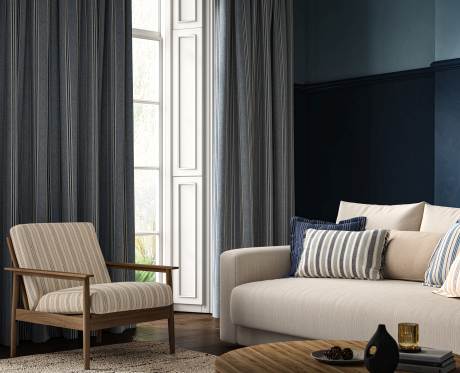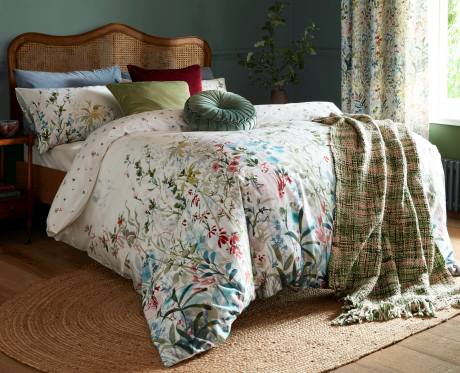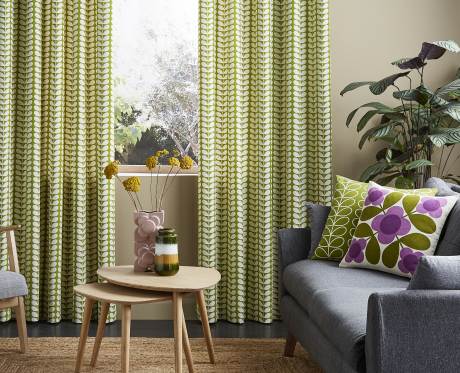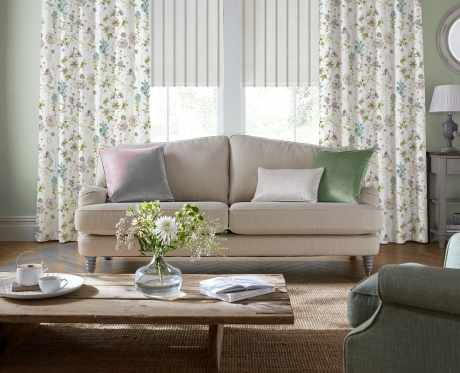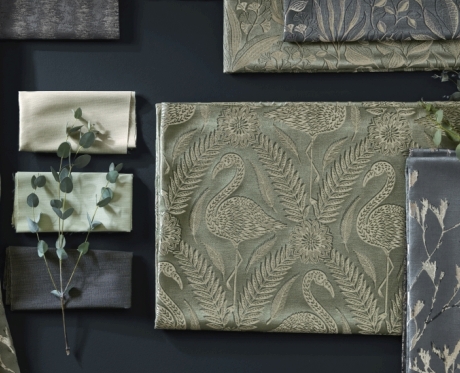A Global Textiles Leader
With over 6 decades of expertise in refined furnishing fabrics and creating unique product ranges for leading licensed lifestyle and interior brands.
 Toggle Nav
Toggle Nav
With over 6 decades of expertise in refined furnishing fabrics and creating unique product ranges for leading licensed lifestyle and interior brands.
